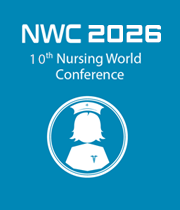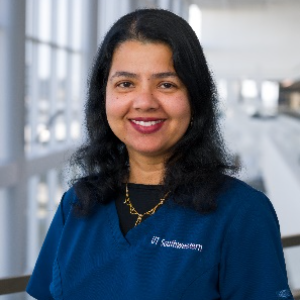Title : Searching the haystack: Innovation for new hire on-boarding
Abstract:
The goal of the QI project was to identify the overall satisfaction of unit-based educators (UBE) and discrepancies with the new hire (NH) on-boarding process. From this baseline data, the team developed an automated system to filter unit specific NH data and created a standardized tool kit. Nearly 70% of new hires on boarded at a large academic health system included registered nurses, physical and respiratory therapists, and unlicensed assisted personnel. Primary on-boarding for these NH was facilitated by UBEs and had a number of problems including miscommunication between the UBEs and the NH, incomplete NH information, and inconsistent on-boarding procedures between units.?Frustration and time-consuming errors led to dissatisfaction and high turnover rates in the UBE role. From August 2023 to September 2023, a pre-survey was sent to volunteer UBEs asking about their experiences and satisfaction with the on-boarding process. Based on the pre-survey results, several needed changes were identified. A new Excel macro method was designed to timely and accurately sort and filter specific units reducing manual efforts. The UBEs were trained in a classroom setting on this process. To standardize the on-boarding procedures, a welcome tool kit with revised templates used by UBEs in the NH process was developed and was made available in December 2023. Subsequently, the team post-survey data was collected at 3 time points: December, January, and February 2024. With the implementation of the macro and toolkit, satisfaction increased to over 30% after the changes. With help of the macro, majority of UBEs are now taking less than 15 min to complete the NH list screening process. The awareness and understanding from this project’s responses led to a more team-based approach in resolving the challenges faced by the UBEs in the timely completion of the NH list screening process. In addition to all the current quality initiatives, there is a task force working on developing a more user-friendly toolkit, which could be used by the UBEs for better efficiency and productivity.
Audience Take Away:
What so you learn from this project? Creative problem solving and thinking outside a box. Crating a macro could solve a problem especially managing large volume of data in any nursing environment. For example, after we had shared this information with our NPDP for the procedural area, we were able to create a macro for her area where she could find the staff for her area from a large weekly excel spread sheet in less than one minute which used to take hours.
Significant outcomes of using Excel macro are:
- Ability to further explore the possibility of implementing macros in other areas to resolve similar problems.
- Data analysis and assessments clearly indicate that the implementation of macros has significantly reduced errors and miscommunication between UBEs that happened primarily during the NH on-boarding process.
- Implementing macros as a tool has streamlined the NH screening process and has added coherence, competence, and effectiveness to the overall process.



